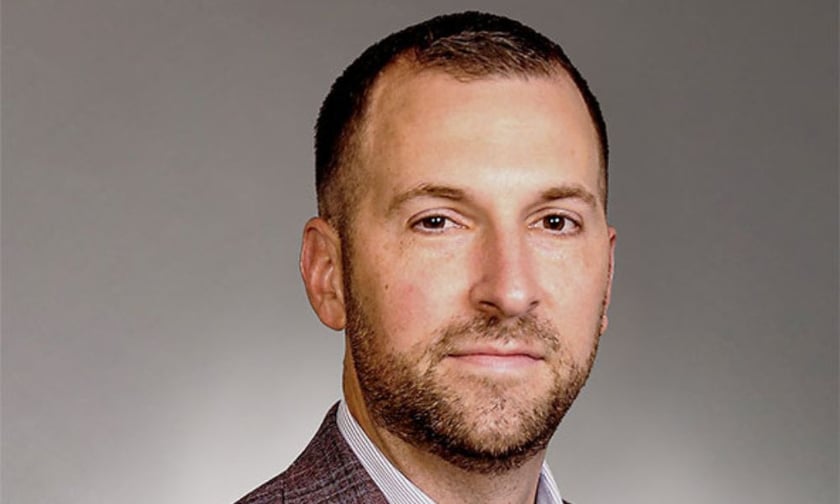

Amid fast-paced mergers and acquisitions (M&A) across the insurance industry, organizations often admit to prioritizing strong financials and a strategic fit. But which is a “make-or-break” factor in a transaction?
For Arrowhead Programs, part of Brown & Brown, culture isn’t just a buzzword or a trend – it’s the foundation of long-term success in M&A.
The MGA, which recently rebranded from National Programs, manages around $7 billion in premiums, making it one of the largest players globally, according to chief strategy and analytics officer Jimmy Curcio (pictured). The division operates around 30 offices and 60 programs, and it’s rapidly expanding through acquisitions.
In an interview with Insurance Business, Curcio explained that Arrowhead Programs’ decentralized model, acquired firms operate independently, but the core culture remains consistent.
“We’ve walked away from a lot of business, a lot of deals that have had really strong financials,” he said. “You could have the strongest financials in the world. If your culture is not strong, it’s not going to work out with us.
Mergers and acquisitions are a significant part of Arrowhead Programs’ strategy, but the process of evaluating partners and integrating new businesses into a larger organization is not without its challenges.
Curcio acknowledged that surprises can emerge during the M&A process. “There’s always going to be things that you didn’t pick up on in diligence or a discussion, right? That always happens,” he said.
To mitigate these surprises, Curcio said Arrowhead spends a significant amount of time getting to know the people they’re acquiring, both on a professional and personal level. They emphasize the importance of building personal relationships and going beyond the numbers to understand the people behind the business.
One strategy the company has implemented is bringing together leaders from prospective acquisitions with their internal team for roundtable discussions. This allows both sides to see how they work together and whether there’s a cultural alignment.
“We’re always improving on our process,” said Curcio. “One key lesson is making sure we spend enough time getting to know the people involved. In a deal process, there are often multiple buyers, and sellers are busy with meetings. So, how do you ensure you get to know the people?
“One technique we've started using is getting our people and their people together. We have a growth and innovation team, made up of leaders in analytics, operations, marketing, and technology. We sit down with prospective acquisitions to talk through goals and challenges, and see if we can help.”
Experience has also taught Curcio some lessons about spotting early warning signs of cultural misalignment. He pointed out a simple but telling question they ask in initial meetings: “What are your top priorities?”
If a prospective partner doesn’t mention their people or their success, it’s often a red flag.
“The folks that are proudest, who you could tell are proud of what they built… those are the ones that also seem to have successful businesses,” Curcio said.
Ultimately, Curcio advised fellow leaders to never sacrifice culture for financial gains and to ensure potential acquisitions can integrate culturally.
For Curcio, cultural alignment isn’t just a box to tick off during due diligence but a vital part of the decision-making process. This people-first philosophy drives Arrowhead Programs’ M&A strategy as well as its core values. “Do our folks get along? And it’s a two-way street. Do they like us?” he said.
Post-COVID, remote and hybrid working environments have only underscored the impact of cultural alignment among acquired firms. The challenge is ensuring the "secret sauce" of the organization’s culture remains intact without traditional office dynamics like so-called "water cooler" interactions.
However, Curcio also doesn’t believe in a “perfect fit” between a new acquisition and a parent company. Instead, insurance leaders should ensure cultural differences don’t contradict the existing organizational values, even if the new entity operates differently.
“Everyone’s going to have their own culture. We just want to make sure that it doesn’t contradict our culture,” he said.
What are your thoughts on culture versus financials in insurance M&A? Please share your comments below.
